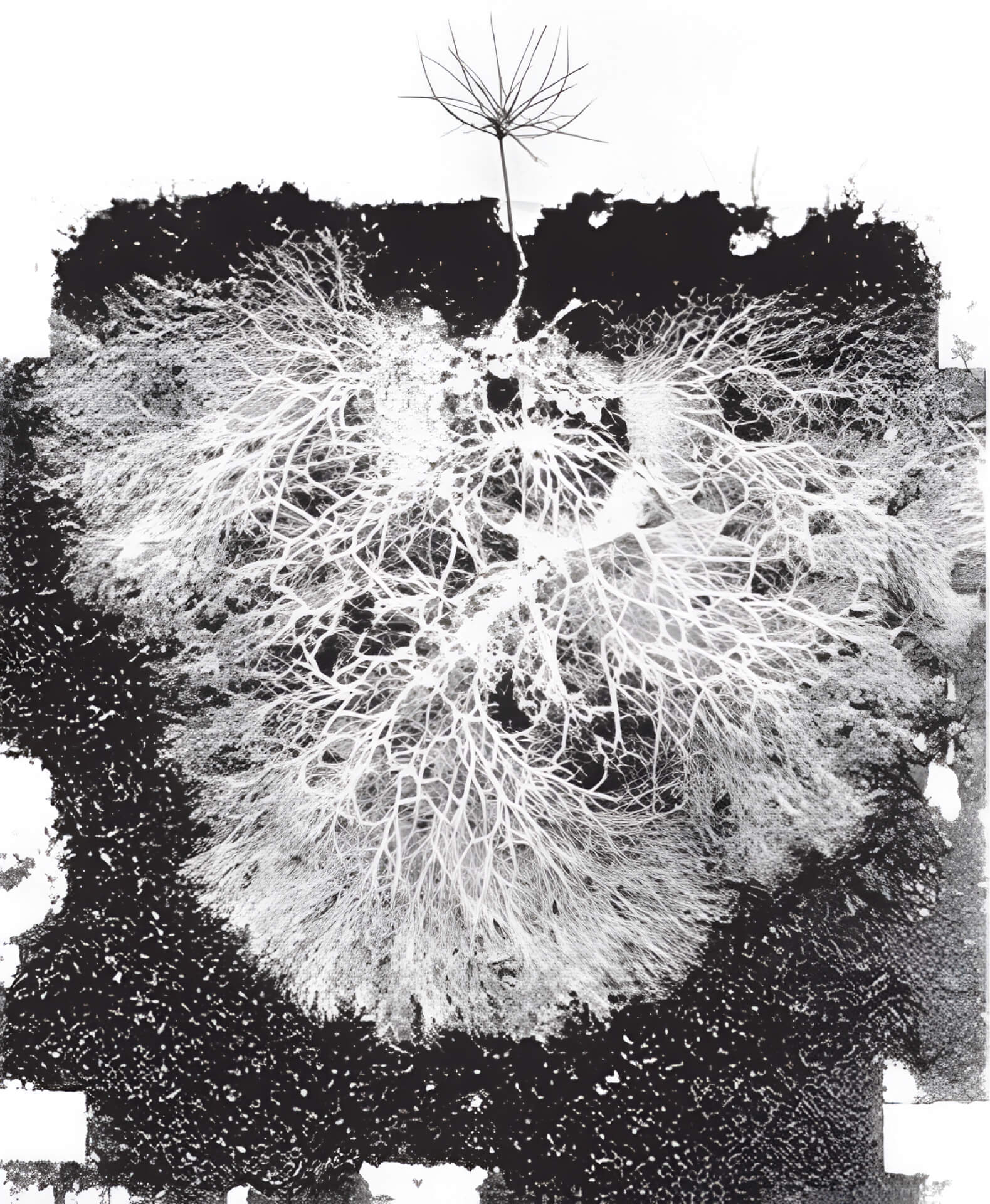
The warnings scientists have made about our planet’s climate changes are materializing and becoming the biggest challenge of our lifetime. The climate crisis is a symptom of decisions that didn’t consider a broader spectrum or long-term impact.

The warnings scientists have made about our planet’s climate changes are materializing and becoming the biggest challenge of our lifetime. The climate crisis is a symptom of decisions that didn’t consider a broader spectrum or long-term impact.
The global challenges we face are also consequences of putting humans at the centre of everything we do. Human-centered design was set as best practice for designing products and services that prioritize user needs in the design process. This approach has overlooked the needs of other non-human actors and does not consider the extended impact of design decisions. To transform design from being part of the problem to being part of the solution, a shift in mindset is required. Design is no longer about designing for single people or groups of individuals, it requires us to take agency in creating products and services that are more accessible, promote diversity and inclusion while supporting the well-being of our planet. This is what Purpose-driven Design is about.
In Nordea’s CX & Design team, we strive to design products and services that people love, and at the same time, we have been embracing a purpose-driven approach creating experiences that elevate consciousness, enable behavior, and drive a positive impact. Recently, the CX&D community joined efforts to answer one of the most pressing business questions: How can we make Nordea’s sustainable choices more tangible for our customers? How does sustainability look in our digital channels towards 2025? It was an opportunity for the designers to add more meaning, and boost impact to the current work, while exploring new ways of working. Here are some ideas on how to embed purpose in your design process and how to keep the conversation going.
We live in a large complex system where everything is interconnected. The designs we produce will always have a social, cultural, and environmental ripple effect. Understanding the dynamics between all elements that are part of a larger system rather than focusing on individual elements gives us the ability to approach problems in a more beneficial way for all stakeholders.
Revisit the initial brief and frame the implicit or indirect impact that the challenge might have on the well-being of our planet and society. Include the environment as a stakeholder to acknowledge that the environment itself has deep interest in the decisions and actions that humans take.
Traditionally design considers of three dimensions that bring together what is desirable from a human perspective, what is rational from a business perspective, and what is possible from a technical perspective. These considerations ignore the impact that design decisions have on the environment, and the unintended social and ethical consequences it might bring. To counterbalance these factors, new models that consider impact/responsibility as a fourth dimension are emerging. Giving equal weight to all dimensions opens spaces for shaping more meaningful experiences.
The level of complexity that sustainability holds makes us think that it is someone else’s responsibility. It can feel like too big of a challenge for any one person to address alone. However, leading in sustainability is not about an individual’s efforts but, about uniting people to work collaboratively. If we look at nature, strength relies on the principle of collaboration and diversity. CX&D at Nordea has been paving the way for collaboration, being intentional in solving business problems by balancing ambition with pragmatism and moving from vision to action collectively.
Shifting to a purpose-driven design mindset is an incremental process that means going beyond the functional and aesthetic aspects of a product. It aims to serve a higher calling that inspires positive action, balances environmental well-being, and supports a collective commitment to create more responsible solutions. As we navigate an era of increasing awareness and ethical concerns, it is time to redefine the definition of success considering variables that enable the creation of more minimal impact products (MIP).
The journey is gradual and begins with leadership from any chair. Make sure you put a stake in the ground by incorporating environmental and social responsibility in the design process. Measure your progress beyond obvious impact. Remember that you have a lot of agency when it comes to your own work and small improvements. Don’t wait for the green brief! We don’t have time to lose.

The warnings scientists have made about our planet’s climate changes are materializing and becoming the biggest challenge of our lifetime. The climate crisis is a symptom of decisions that didn’t consider a broader spectrum or long-term impact.

This holiday season, the CX & Design community gathered together to celebrate our achievements and share the thanksgiving spirit.